Deck & Commander Strategies
Max and Eleven
A fast combo/control deck that uses Max and Eleven to apply early pressure and generate value while disrupting opponents with counterspells and stax elements. The deck aims to leverage efficient mana acceleration and card draw to assemble a lethal combo or overwhelm opponents quickly.
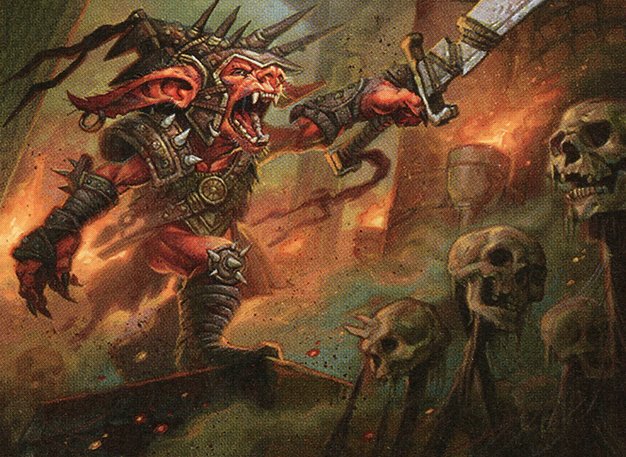
Rograkh, Son of Rohgahh
A polymorph combo deck that aims to mill key combo pieces such as Highspout Tyrant and Hullbreaker Horror into the graveyard to create infinite mana and value loops. It uses artifact and bounce synergies to control the board and assemble its combo pieces.
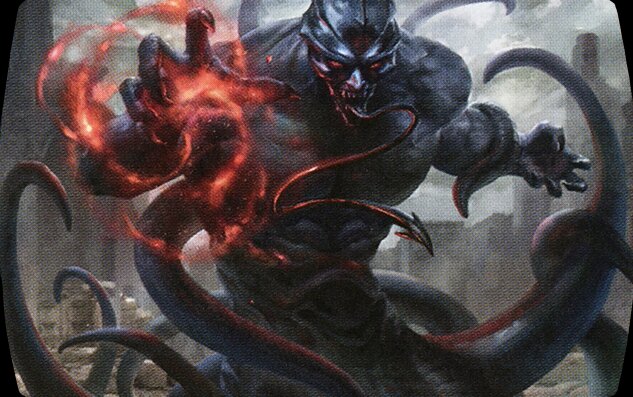
Tevesh Szat, Doom of Fools
A control-combo deck leveraging Tevesh's ability to generate incremental advantage through spells, with a secondary plan to assemble combos or powerful lock pieces to dominate the mid-to-late game.
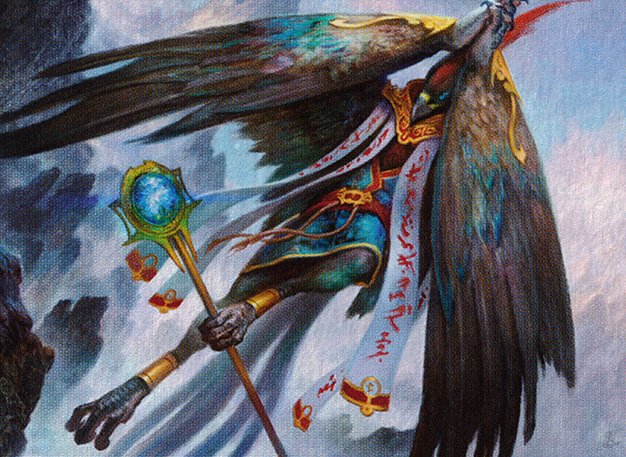
Ishai, Ojutai Dragonspeaker
A voltron-style deck focused on boosting Ishai through combat damage and equipment synergy, often working in tandem with Tevesh Szat for control and incremental advantage.

Grolnok, the Omnivore
A gruel (red-green-black) midrange deck using Grolnok’s ability to sacrifice lands and generate value from graveyard recursion and aggressive board presence, aiming to overwhelm opponents with tempo and value.
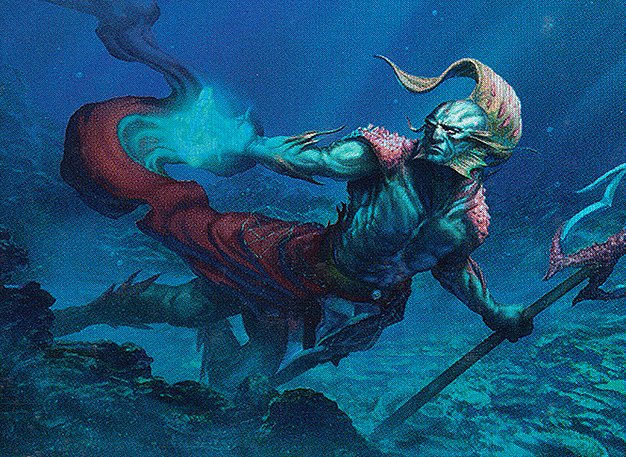
Thrasios, Triton Hero
A commander known for card advantage and mana fixing, typically paired in four-color or five-color shells to assemble combos or control the board with efficient interaction.

Cecily, Haunted Mage
A deck likely focused on flicker or sacrifice synergies, leveraging Cecily's ability to generate value through sacrificing creatures and recurring threats to control the board or assemble combos.

Elmar, Ulvenwald Informant
A deck that leverages Elmar’s ability to generate card advantage through landfall or sacrifice triggers, aiming to control the board and assemble value engines.
Gameplay Insights
- 1
Using Phantasmal Image to copy Dryad Magistrate effectively locked opponents out of using their commanders, a crucial stax element in this game.
- 2
The timely Swan Song counterspell against Necropotence prevented a major late-game advantage for the opponent, showing the importance of interaction in cEDH.
- 3
Casting Eleven and tapping out without leaving mana open was a risky move that resulted in losing the ability to respond to Rograkh's polymorph combo, illustrating the delicate balance between advancing your own plan and maintaining interaction.
- 4
Rograkh's polymorph combo threat became central as he milled Reality Scramble, enabling a potential infinite mana combo with creatures like Highspout Tyrant, highlighting the power of graveyard recursion in cEDH.
- 5
The game demonstrated the tension between aggressive early damage and the need for interaction to disrupt combo decks before they assemble their winning lines.
Notable Cards
-
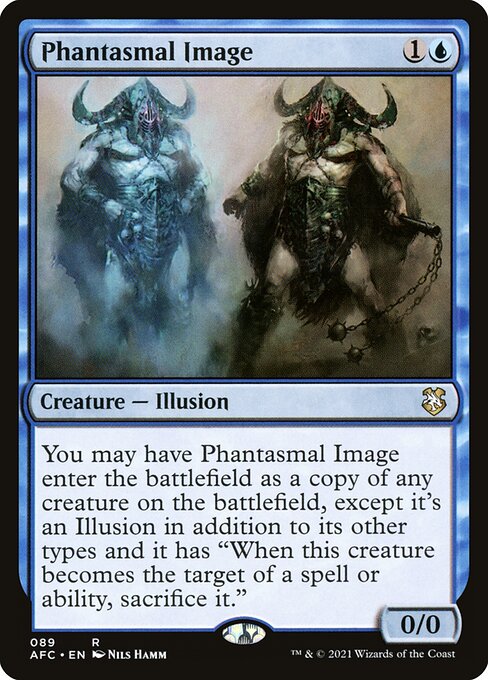
Phantasmal Image
-

Necropotence
-
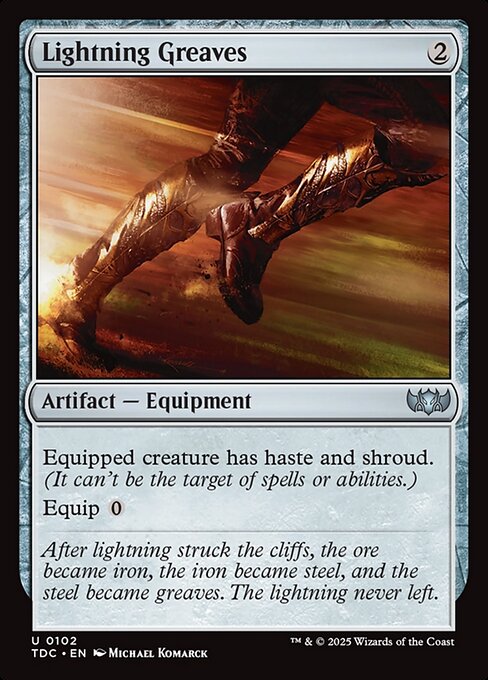
Lightning Greaves
-

Mana Crypt
-

Underworld Breach
-
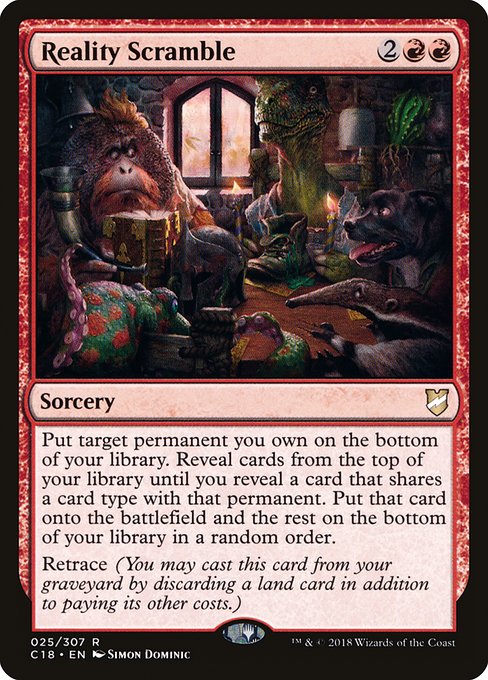
Reality Scramble
-
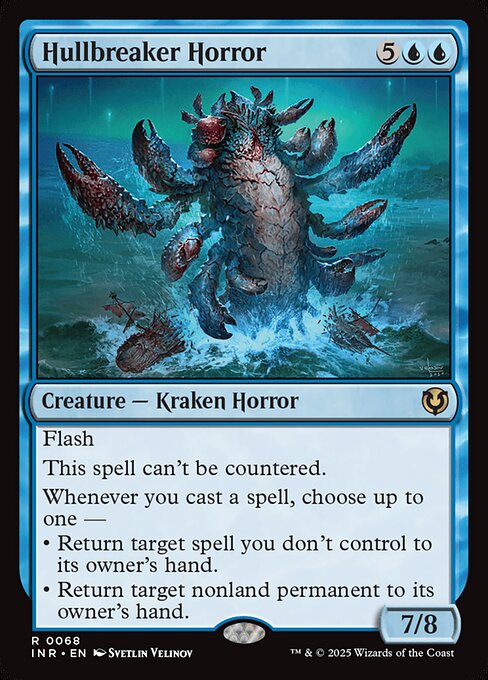
Hullbreaker Horror
-
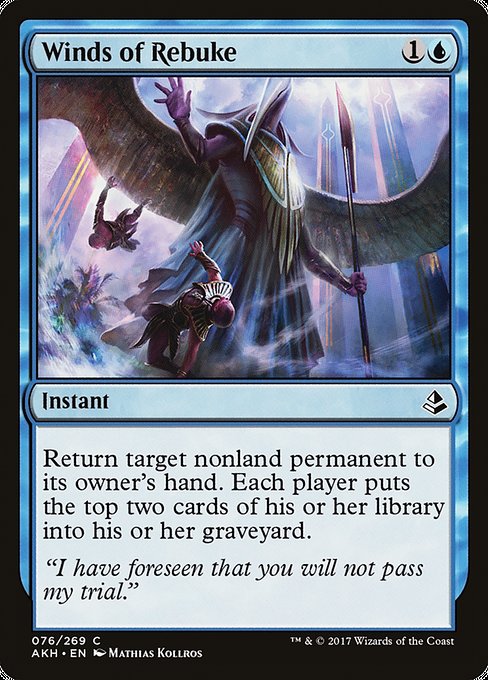
Winds of Rebuke
-

Gamble
-
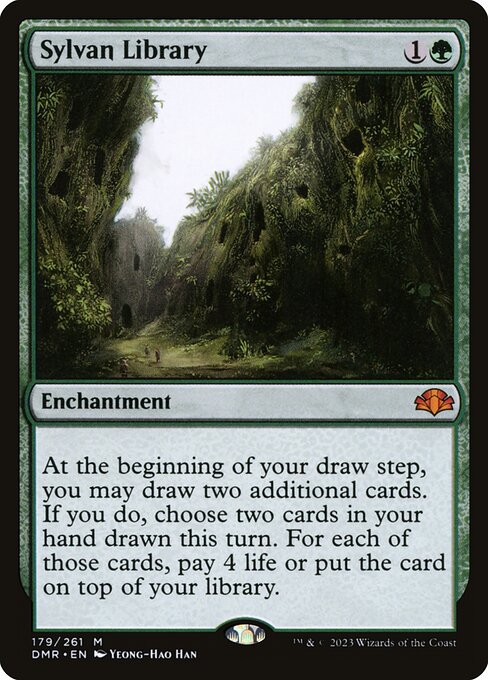
Sylvan Library
Gameplay Summary
The game began with a fast-paced, resource-intensive setup where multiple players focused on ramping and establishing control elements.
Early plays involved key stax pieces like Dryad Magistrate and artifact disruption to limit commander activations, while players deployed valuable mana rocks and card draw engines.
The narrator, piloting a Max and Eleven deck, successfully leveraged early aggression with commander damage and disruption, including counterspells like Swan Song to prevent powerful spells such as Necropotence from resolving. As the game progressed, the board state became volatile with Rograkh's polymorph combo threat becoming increasingly dangerous after milling Reality Scramble into the graveyard.
Rograkh sought to assemble a loop with creatures like Highspout Tyrant and Hullbreaker Horror to generate infinite mana and win.
However, the narrator's decision to cast Eleven and tap out left them unable to respond to Rograkh's combo threat effectively, resulting in the latter gaining a significant advantage.
The game highlighted the tension between advancing one's own game plan and maintaining interaction against other combo decks, with the polymorph player eventually taking control of the game state.





















































![What's the best Mental Misstep Target? Featuring @FarNorthMtG @UntapUpkeepOpe [cEDH Gamplay] thumbnail](https://i.ytimg.com/vi/WExBmDK3phE/sddefault.jpg)
